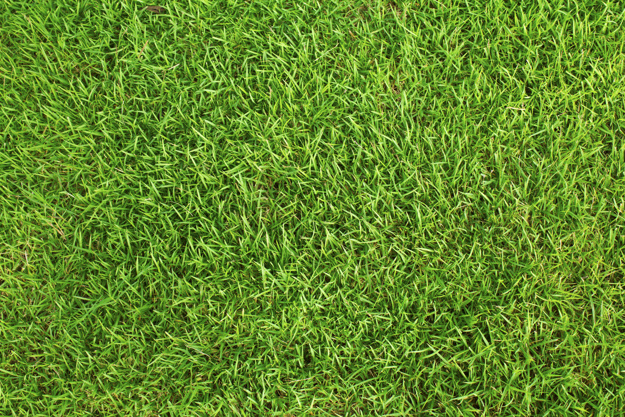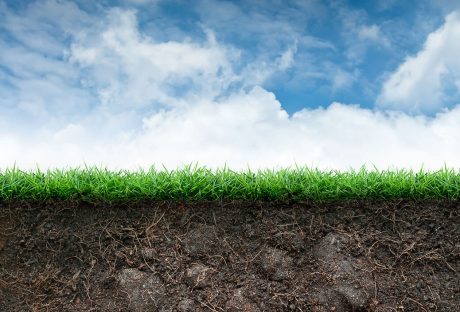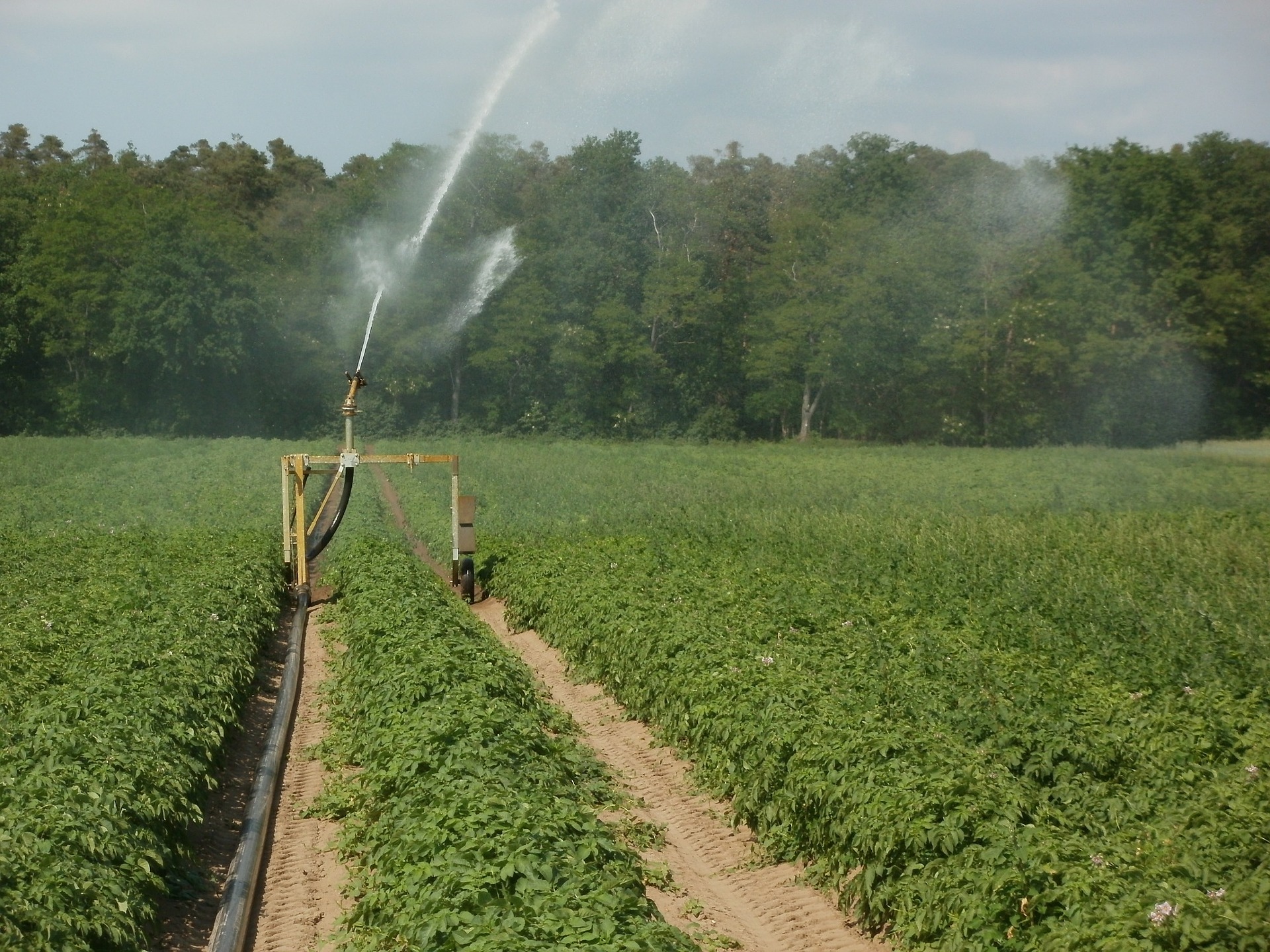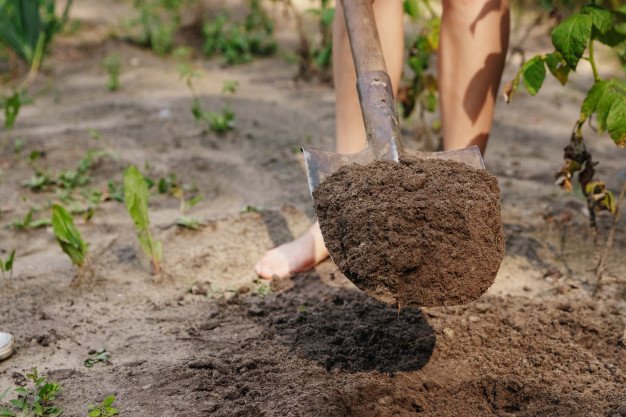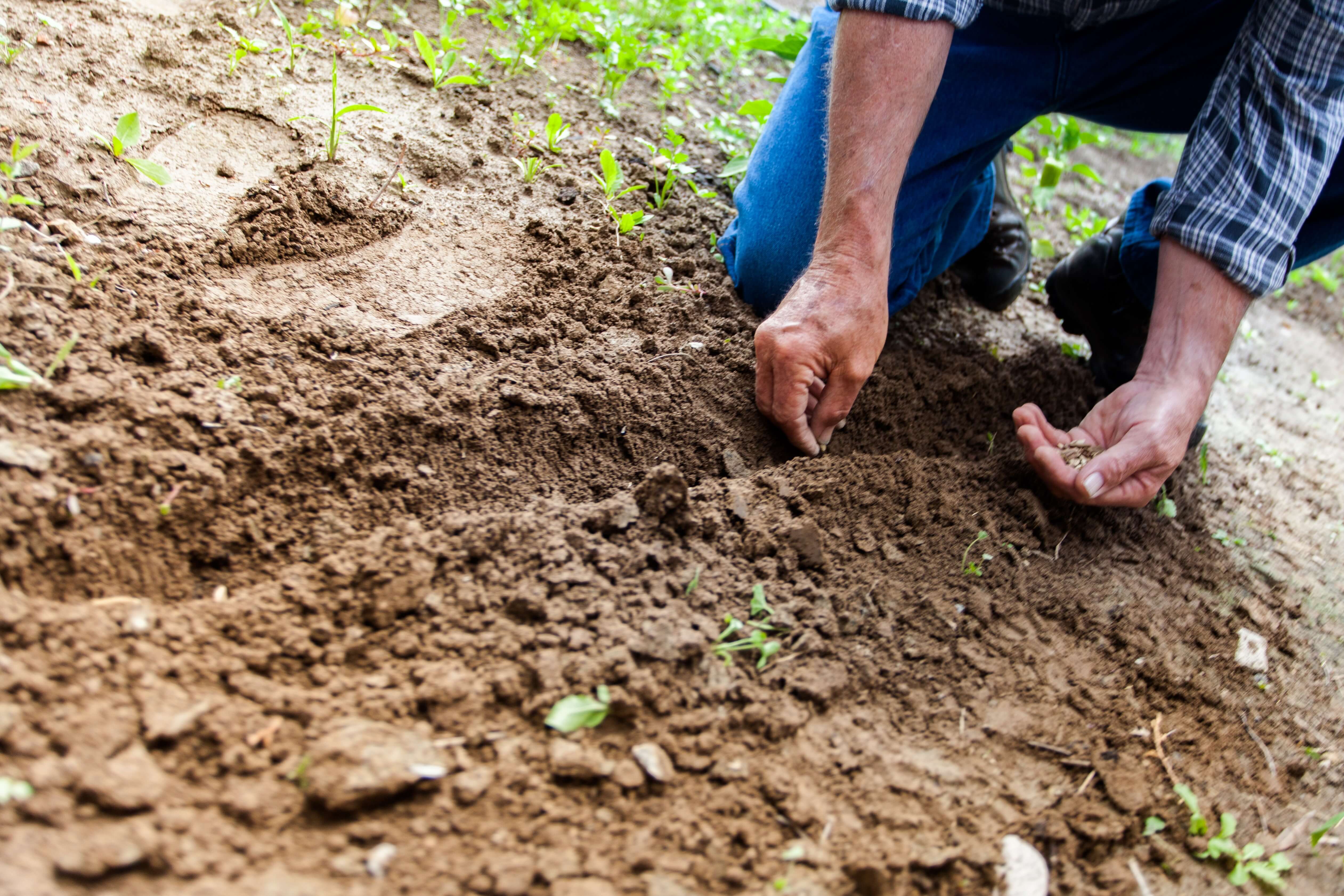Are you searching for lawn grass that requires low maintenance and nutrients? Are you searching for a grass seed that can be cut easily as compared to other types of grasses? Have you ever heard about centipede grass seed?
Have you ever wished to do a morning walk on your grass lawn and wanted your children to play on it? Though taking out time for your grass has always been an issue. However, if you still want to have your lawn grass, then you can continue reading this article.
So first, know what are the centipede grasses? And what are the centipede grass identification areas?
Contents
- 1 What Are Centipede Grass?
- 2 What Are The Characteristics Of Centipede Grass?
- 3 Features Of Centipede Grass:
- 4 Pros Of Centipede Grass
- 5 Consequences Of Centipede Grass:
- 6 Maintenance Of Centipede Grass Seed:
- 7 Varieties Of Centipede Grass:
- 8 6 Market Best Centipede Grass Seed:
- 9 Time-lapse of Centipede Grass Seed:
- 10 Frequently Asked Question
- 11 Conclusion:
- 12
What Are Centipede Grass?
Centipede grass is an everlasting turfgrass as it requires low fertilizers and minimum maintenance for infertile and sandy soils, etc. Centipede grass seed produces a good amount of turf with minimum management and low fertility.
It is a popular pick for turfgrass in the south as it is perfect for southern and coastal areas. However, for those owners who are interested in minimum upkeeping, then centipede grass is your best option.
What Are The Characteristics Of Centipede Grass?
How to process the centipede grass identification? And why should you select these grasses? These grasses are turfgrass.
Usually, you can find these gasses in commercial areas. Centipede grasses are starting their journeys from the commercial areas and the fields. But now, many residential areas also like to plant these seeds.
These grasses are low-maintenance grass. After planting these seed grasses only, you have to follow some basic maintenance steps for maintaining these field Grasses.
Centipede grass seed is one of the adequate types of grass seeds that you can try ever. Some essential characteristics of this grass seed are as follows:
Features Of Centipede Grass:
Centipede grass seed is one of the best grass seeds that you can try ever. Some important characteristics of this grass seed are as follows:
- It has a rotating cutter(rotating mower).
- Centipede grass seed is best suitable for acid soils (5 – 6.5 is the pH range).
- However, It should be fertilized very casually.
- It is a trouble-free grass than other types of grasses if not cared for properly.
- Centipedegrass is a warm-season grass, and it is very sensitive to the cold season.
- Centipede is very sensible to alkaline soil.
- It is a more-shade tolerant grass.
Pros Of Centipede Grass
Why Centipede grasses are a commercial business handler’s best choice. If you have a hotel, then you obviously want to see a green field infront of your business areas. And this is only possible when you are planting the seed of centipede grasses.
There is a wide range of uses of Centipede grass seeds, such as:
- It requires low maintenance.
- These grass seeds are adequate to accept the environments of the acidic soils.
- Even in low fertility conditions and soils, these grasses can grow.
- You can use automatic meowing tools for the lawns.
- Medium shade tolerance.
- Centipede is used as lawn grass.
- It also requires low nutrients.
- It can be easily cut as compared to other types of grasses.
- After a short drought with rainfall or irrigation, it greens up quickly.
Consequences Of Centipede Grass:
A centipede can support damage, but simultaneous injuries can be deadly when the temperature drop lowers; this is one of the centipede grass problems. Some major consequences of centipede grass are as follows:
- Centipede is very sensitive at higher pH levels to iron deficiencies. It can induce leaf blades to turn yellow.
- Planting Centipede grass attractive and healthy in high pH soils might require regular applications of supplements such as lawn iron.
- The soil will determine whether it would be suitable for centipede grass seeds need.
- Centipede grass seed recovers slowly.
- On the other hand, it is a slow-growing grass.
- It does not hold up well to huge traffic.
- It cannot handle the drought conditions.
- You may have a question about how to make centipede grass spread? However, centipede grass is hard to spread evenly.
- Unlike warm-season grasses, Centipede grass does not have the right time for winter dormancy.
- It requires direct contact with the soil to germinate well. Otherwise, it would not grow well.
Maintenance Of Centipede Grass Seed:
There are many individuals who ask about the maintenance of centipede grass seed because they have realized the importance of the same. The maintenance involves occasional fertilizing and watering. Other factors that you need to consider are listed below:
i) Mowing
Always use a sharp blade for cutting for mowing. It should be 1-2 inches high. At any one cutting, do not eliminate more than one-third of the leaf. Click here for more Lawn mowing tips.
ii) Weed Control
It can boost the weed population to growth because centipede grass care has wide growth. In the spring and fall, Centipede lawns on the label are highly suggested.
iii) Fertilizer
During the growing season of Centipede grass, apply nitrogen between 1 to 2 pounds per thousand square feet yearly.
Use those fertilizers which contain iron and that are specified for application on Centipede lawn grass.
iv) Watering
Centipede grass seed favors rare deep watering. Make sure that the grass seed is moist till germination. But, do not overwater.
v) Pest Control
If Centipede grass is not growing healthily or strongly (too little water or fertilizer), then pests can a big problem.
You can ask for assistance in the identification of the problem, or you can also contact the nursery owner.
Varieties Of Centipede Grass:
There are many types of centipede grasses are available in the market. If you think only you have to buy the centipede grass seed for sale and plat it? It will give you the flavors of the green field. Then you are wrong. You have to pick the grass types which are suitable for your environment.
Here are a few types of centipede grasses.
- Oklawn centipede grass
- Tennessee Hardy centipede grass
- Common centipede grass
- AU Centennial centipede grass
- Raleigh centipede grass
6 Market Best Centipede Grass Seed:
Here are the different types of grass seeds that you need to consider before buying. Just have a look!
1. Scotts 17542 EZ Seed Patch and Repair Centipede Grass
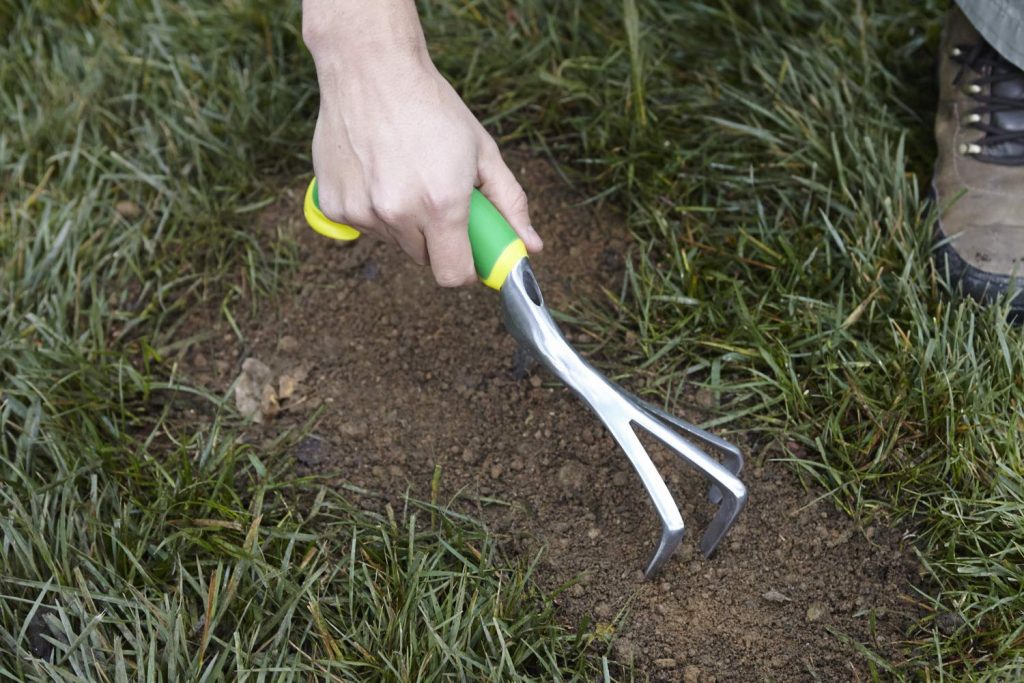
- It is a great performance grass seed by Scotts.
- EZ seed patch and repair centipede grass absorb 6x its weight in water.
- It grows in full and partial sun, scorching heat, on slopes, and acidic soil.
- It keeps seedlings protected from any type of deadly disease.
- EZ seed patch and repair centipede grass expand to encompass the seed in a wet protective layer.
2. Mayberry Centipede Seed:
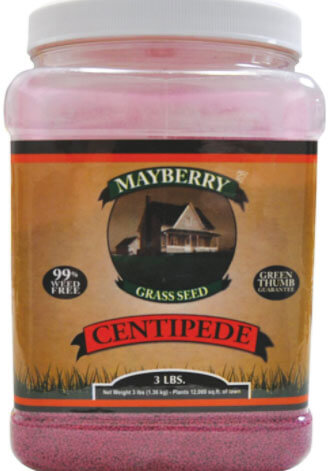
- It is a drought-tolerant seed grass.
- Chokes Out Weeds.
- Covers 12,000 square feet.
- Mow Less Often.
- It requires very little fertilizers.
- Mayberry Centipede seed requires low maintenance.
3. The Dirty Gardener Centipede Grass Seed
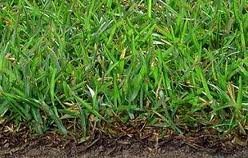
- It is a fabulous warm-season grass that grows in acidic and sandy soils.
- Up to two- thousand square feet, each pound of seed covers.
- Non-GMO seeds have a great germination rate and consist of no filter.
- For a low maintenance lawn, it turns to centipede grass.
4. Gulf Kist – Premium Centipede Grass Seed

- It improves survivability and germination.
- More shade tolerant than Bermuda Grass seed.
- It is also ideal in a steady rainfall with a hot climate.
- It is a premium quality product.
- Gulf Kist tolerates medium foot traffic.
- It is a coated grass seed protected without added mulch.
5. TifBlair Centipede Grass Seed (1 Lb.) Direct from The Farm
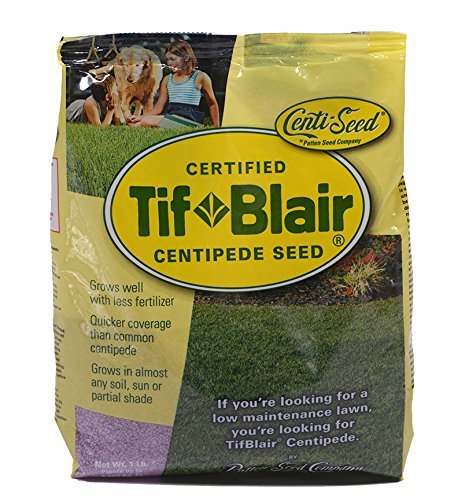
- Each 1 lb. a bag will include up to four thousand square feet.
- It is a coated seed without mulch so as to improve germination.
- TifBlair Centipede grass is a well-adapted lawn from the southern coast to the above transition zone.
- It is also a drought-tolerant seed grass.
- TifBlair Centipede Grass Seed is tolerant of severe heat and cold.
6. Pennington Centipede With Mulch (5 Lb.)
- These seeds are very specifically for the sunny lawns,
- But these seeds require a little bit of sunny weather.
- Each of the seed packs contains centipede seed plus BIO-170. It improves stability and influences applications.
- Every seed granules are 100% biodegradable. And also retain the moisture, which helps and promotes the seed’s germination
- These grasses have medium texture, and you will get a beautiful green color garden.
Time-lapse of Centipede Grass Seed:
Into a thick dense sod, Centipede fully fixes in about 2 to 3 years. As discussed above that centipede grass seed is best suitable for warmer-season, so centipede grass is best planted during that time.
You can watch the video which is below, to make your concept clear.
Frequently Asked Question
Q1: Will The Centipede Grasses Can Choke Out?
Yes, Zoysia can choke out the centipede grasses. It has a superior drought tolerance. And deep-rooted systems are removing all the stubborn sections of the centipede grasses. You can easily remove the sections of the grasses through the spot treatments. You can mow at the 1” throughout the scalp of the centipede grass.
Q2: What Is The Best Time To Plant Centipede Grass?
Spring is the best time to plant the centipede grasses. New centipede grass can be planted from sod. Depending on the time and budget, you have to start to plant these grasses. The best confident time for planting the centipede grasses is late Spring and early Summer. The soil has to be pretty good and warm.
Q3: Are Centipede And Bermuda Grass The Same?
No, but you can ask what does centipede grass look like bermudagrass? And what is bermudagrass vs centipede? You can mix these two types of grasses and achieve a new look. How the centipede grass and Bermuda grass are very easily mergeable. St Augustine grass and dwarf fescue types have the best shade tolerances and improve the appealing gestures of your lawn.
Q4: Can You Make Your Centipede Grass Look Thicker?
- Proper maintenance processes can do wonders.
- You have to water the grass on a regular basis.
- Mow the grass when it reaches the height of 1 to 1.5 inches.
- Use the fertilized and compacted soils. …
- Kill weeds on time
- Control insects and disease interventions.
Conclusion:
The centipede grass lawn is the best choice for those who need a beautiful lawn with low maintenance.
Centipede grass can be very easy and also very quickly controllable. However, it requires edging annually only once around flower beds and walks.
It is very difficult to plant grass seed on hard dirt. However, Centipede grass seed responds nicely to regular attention. There is also centipede fertilizer available in the market for centipede grass seed. You must also know that purity plays an important factor in centipede sod farms.
You can imply the above tips of the centipede grass seed for yourself. Please ask if you have any queries in the comment section below.
Read Also:
- Bud Producing Feminized Seeds
- How To Grow Tomatoes From Seed
- 4 Essential Tools Needed to Maintain Your Garden in the Winter













